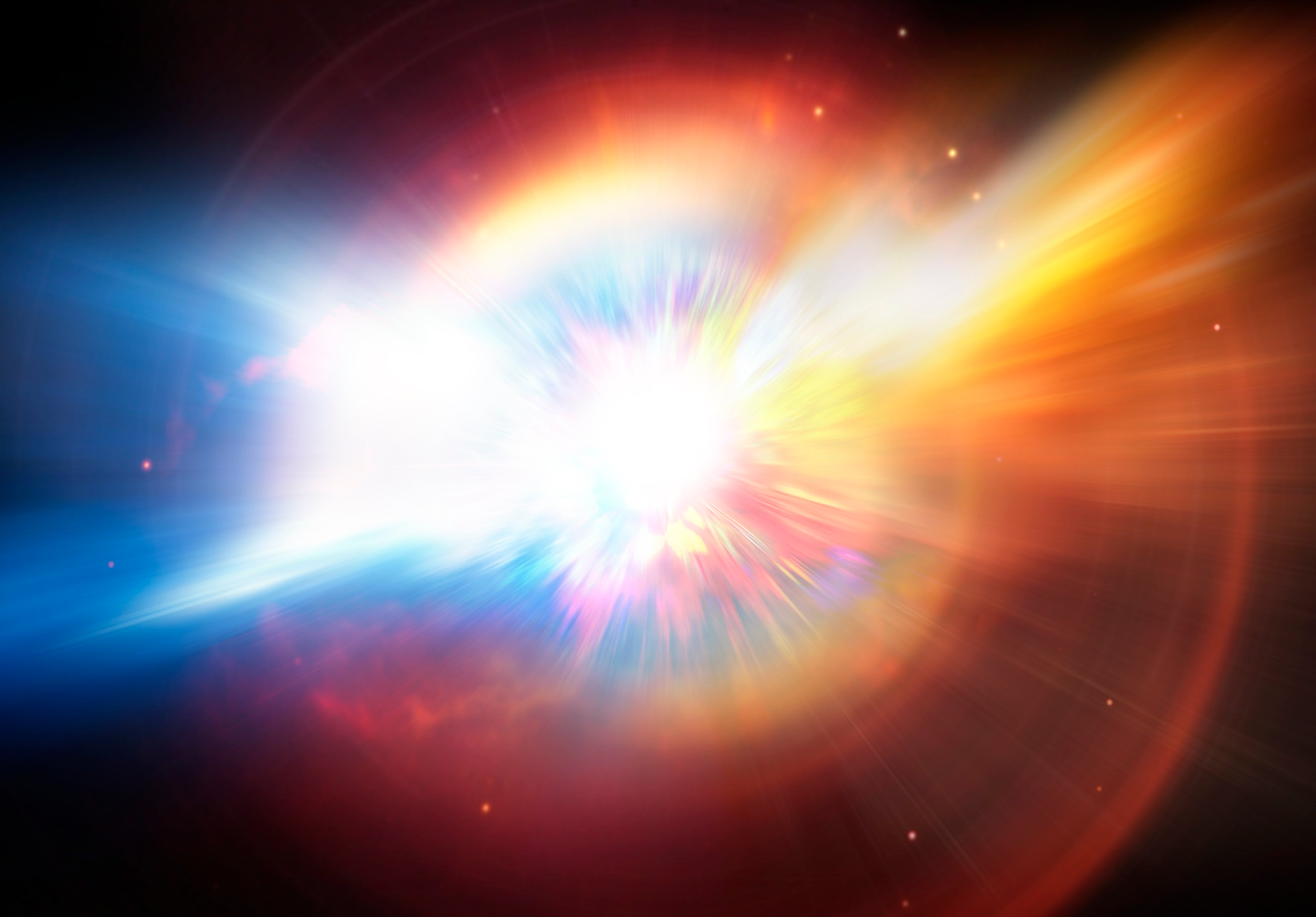The Independent's journalism is supported by our readers. When you purchase through links on our site, we may earn commission.
Astronomers stumble on X-ray ‘fireball’ of massive stellar explosion
An X-ray telescope managed to catch the extremely bright fireball of an eruption on the surface of a dead star

Your support helps us to tell the story
From reproductive rights to climate change to Big Tech, The Independent is on the ground when the story is developing. Whether it's investigating the financials of Elon Musk's pro-Trump PAC or producing our latest documentary, 'The A Word', which shines a light on the American women fighting for reproductive rights, we know how important it is to parse out the facts from the messaging.
At such a critical moment in US history, we need reporters on the ground. Your donation allows us to keep sending journalists to speak to both sides of the story.
The Independent is trusted by Americans across the entire political spectrum. And unlike many other quality news outlets, we choose not to lock Americans out of our reporting and analysis with paywalls. We believe quality journalism should be available to everyone, paid for by those who can afford it.
Your support makes all the difference.Astronomers just stumbled across one of the biggest explosions in the universe, confirming a theory about how dead stars can temporarily, and dramatically, burst back to life.
Astronomers using the space-based erosita X-ray telescope observed a single bright flash of X-rays on 7 July 2020, which was never seen before or since. In a new paper published in the journal Nature, the researchers detail how they associated this X-ray flash with the classical Nova YZ Reticuli, an exploding white dwarf star some 8,000 light years away, observing for the first time the predicted “fireball phase” of a nova.
A white dwarf star is a dim, cool, but very dense remnant of a larger star that has exhausted its nuclear fuel — a dead star that can no longer generate the thermonuclear reactions that sustain living stars. But as a very dense object with powerful gravity, white dwarfs with a larger, still living companion star sometimes siphon hydrogen from their companion’s outer shell.
When enough hydrogen accumulates on the surface of a white dwarf, the pressure and heat increase to the point that a runaway thermonuclear reaction takes place — the hydrogen is fused into helium, and a colossal explosion, a classical nova, results. This is a different type of stellar explosion than a supernova, which results from the death throes of a still living, very massive star.
As described by Stony Brook University astronomer and author of a commentary appearing in the same issue of Nature, Frederick Walter, a prediction from 1990 held that a classical nova would shine at its brightest at the moment the explosion reaches the outer layer of the white dwarf, the photosphere — a nova “fireball.” This fireball would be so hot and so bright, the thinking went, that it would only be visible in X-rays until hours or days later when the material ejected from the white dwarf during the nova cooled enough to shine in the visible portion of the spectrum.
The erosita researchers were able to piece together the X-ray burst they observed and the visible outburst of the YZ Reticule Nova seen on 15 July, and realize they had managed to capture both fireball and Nova, confirming the prediction from 1990.
As Dr Walter wrote in his commentary, it was a serendipitous discovery.
The erosita instrument flies on the Spektr-RG space telescope, a partnership between Germany and Russia. It takes erosita six months to complete a scan of the sky, and it completed just four such scans before the Russian invasion of Ukraine interrupted the mission. Luckily, one of those scans captured the fireball of the YZ Reticuli nova.
Join our commenting forum
Join thought-provoking conversations, follow other Independent readers and see their replies
Comments